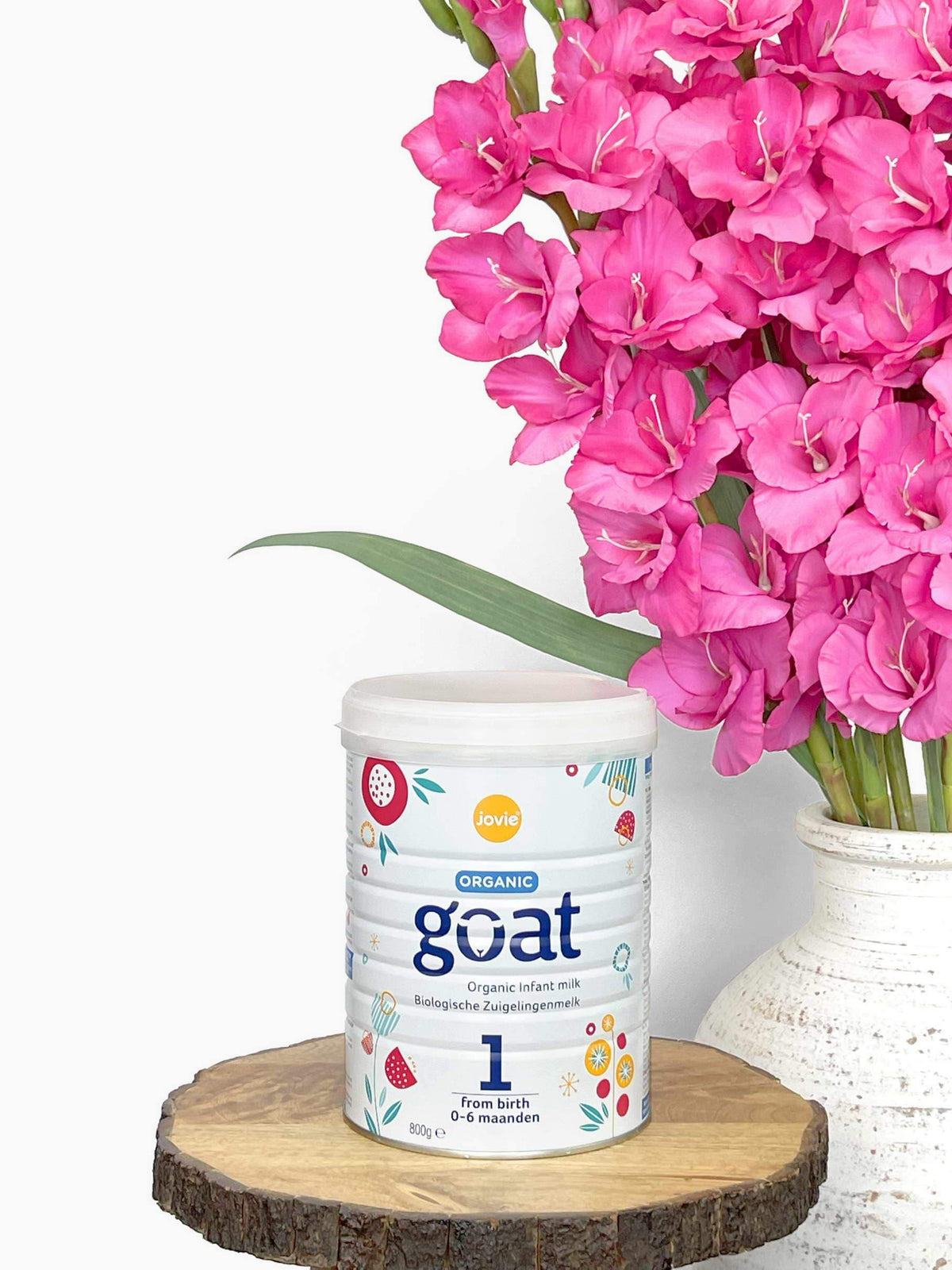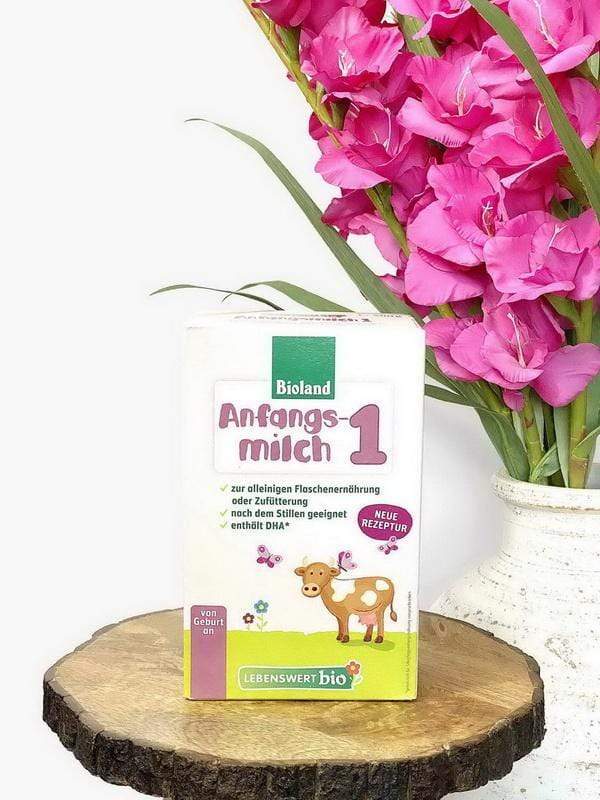One of the most exciting milestones for parents and babies alike is those little first steps. Everything changes when babies start walking!
Here are some of the most common signs you may notice just before babies and toddlers usually start walking and ways to encourage them every step of the way.
When Do Babies Usually Start Walking
The average age for babies to start walking is about 12 months, with some little ones taking their first steps earlier or even months later.
Babies can start walking as early as 9 months and it is also completely normal for babies to take a bit more time and start to walk closer to 15 months all the way up to 18 months.
Once your little one does start walking, they may not master this new skill right away. It can take several months for a baby to become completely independent.
When early cruisers make their first attempts at letting go of that piece of furniture they use for balance, parents can expect that wide-based gait for a while. Your toddler will eventually gain confidence to walk alone, until then, embrace those sweet little baby steps along the way.
When Do Most Babies Start Walking
How do you know your baby is getting close to life on the go? Keep in mind that learning to walk is a process and each baby is different in their timing and approach.
Here are stages your baby may pass through on the way to actual walking. It is completely normal to skip some and rarely even to go directly from pulling up to walking.
Crawling
This is usually an intermediate step between sitting and walking, and there are as many unique ways for a baby to learn to crawl as there are babies.
Watch for the crawling movement to take place between 7 and 10 months.
Creeping
Similar to crawling, creeping is a means of mobility with the arms straight, belly off the ground and weight on the hands and knees. The child reciprocally moves his/her arms and legs to progress across the floor.
Scooting
This is an adorable way that some babies get around when they first start moving independently. Rather than crawl or creep, some babies slide along on their bottoms by pushing off with their arms or by slithering on their little tummies.
Cruising
The last learning stage before walking, a baby will hold onto objects while moving from one spot to another.
They might use the coffee table to move around or lean from one object to another to work the room.
Baby Walker
The American Academy of Pediatrics (AAP) has called for a ban on the manufacture and sale of baby walkers with wheels and urges parents to throw out any walkers they may already have.
Baby Push Walker
Baby walkers have caused a substantial number of injuries that inspired the first passage of safety standards in 1997. These regulations prompted manufacturers to make walkers wider, so they would have a harder time fitting through most doors and to add brakes that automatically stop them when one wheel drops lower than the other three.
Unfortunately, with these changes, baby walkers still pose major risks to babies and now are on the list of baby gear that should not be purchased.
Baby Walker Injuries
Little ones in a baby walker can easily tumble downstairs or roll into sharp edges, hurting sensitive body parts.
It has been recorded that some babies have been burned by rolling towards and touching a hot oven. A walker makes it easier for her to grab things you thought were safely beyond her reach such as pot handles filled with boiling ingredients.
More experienced babies can move more than three feet in one second in a walker so even keeping a close eye will not guarantee they will stay safe. In fact, most walker injuries happen when adults are nearby but just cannot catch their speedy little ones as they quickly move into harm’s way.
When Do Babies Walk
Spending a great deal of time in a walker may have another downside. Research has shown spending too much time on walkers can cause little crawlers and walkers to develop at a slower pace than babies who roam free and are able to explore and balance on their own.
Baby Walking Shoes
Tiny high-tops and fashionable sandals are adorable, but they can be more of a hindrance than a help when it comes to practicing newly formed walking skills.
The only time your baby will need shoes at this age is to protect tiny sensitive feet from hot, rough, sharp, or splintery surfaces.
Summer Walker Baby
When babies' little toes are safe it is best to allow your little one’s feet to feel the floor or ground. Going shoeless actually helps pre-walkers develop their balance, leg strength, and coordination. So even after your child starts toddling, you can leave the sturdy shoes at the door while your little one works on walking.
If the surface is chilly, have your child walk around in something flexible, thin-soled, and not at all restrictive, such as socks, booties, or those oh so cute soft-soled baby shoes.
If it is warm enough, walking barefoot indoors or outdoors, on safe surfaces will be developmentally beneficial.
Average Age Babies Start to Walk: Talking to Your Doctor
Keep in mind that what is healthy and normal for one child may not be for another child. Every child grows and develops at their own pace.
You may want to speak to your pediatrician if your baby achieves all the milestones leading up to walking but is not walking independently by 18 months old.
If your little one is achieving all of those milestones, they may just need more time. As hard as it is, be patient and remember not to compare your baby's development with another little one.
Check in with your pediatrician during baby checks if you have any concerns about when your baby should be walking or not meeting other physical milestones.
Some things parents or caregivers notice as your child waddles around that you may worry about but are completely normal include but are not limited to the following:
Trips and Falls
This is part of the normal balancing process. Make sure your home is childproofed and try not to overreact to her tumbles and falls. These little falls probably hurt watchful parents more than your squishy baby.
If you notice your baby repeatedly is stumbling to only one side or if her legs seem extremely stiff, this is worth bringing up to your baby's doctor on the next appointment.
Flat Feet
You will be hard pressed to find anything cuter than those chubby legs and little flat feet? You may wonder how this little one can get from place to place with these squishy flat feet.
No worries, by age 2 or 3 babies' natural arches will develop and those flat feet will melt away.
Curvy Feet
From the beginning some babies’ feet may curve inward, almost like half-moons, most likely another infant holdover from inside the womb. Like flat feet these will straighten out on their own given a little time.
Pigeon-toed Feet
Being slightly pigeon-toed because babies' shin bones naturally turned inward happens quite a bit. Luckily, it will usually correct itself within six months of her first step and without any outside help.
If your baby is severely pigeon-toed or it continues longer than 6 months after walking, check with the pediatrician for possible correction.
Toes Pointing Out
Some little ones' toes go out during their second year, only to pivot to toeing-in when they are 3 or 4 years old.
Even if the toeing-in does not completely correct itself, it is probably not a big deal. If you do see toes out it gets in the way of your little one walking and running, you may talk to your doctor about how corrective shoes can help.
Bowed Legs
After being curled up in the womb for 9 months they may have slightly bowed legs from birth. The good news is that bowed legs typically go away about 18 months but may not correct until closer to 3 years of age.
Tiptoe Walking
Some toddlers have an insatiable desire to totter around on their tiptoes which is not only absolutely adorable but can help develop good balance.
Rarely, tiptoeing may indicate muscles that are too tight in the heels or feet. It is a clever idea to do a quick check to see that your child can physically flatten their foot.
If stretching those muscles seems painful or impossible, or if your baby is still walking on their tiptoes past the age of two, bring it to the pediatrician’s attention.
How to Teach Your Baby to Walk
As your little one begins the first steps toward walking independence, there is a lot to look forward to and prepare for. Remember timing is based on averages and walking will come on each unique baby's schedule.
Standing around 14 months
By this age, your toddler could start to stand alone. You may notice that they squat down and then stand back up again, and even may be working on walking backward.
Steadier walking around 15 months
Your child may be fairly good at walking by this time. Introducing push-and-pull toys while your little one toddles will help to maintain stability and add a little fun.
Stairs around 16 months
At this stage your little one may begin to take an interest in going up and down stairs. Make sure to be there every step of this process so keep your little one safe.
Climbing and Kicking around 18 months
Proficiently climbing all over the furniture and steadily moving up stairs, the baby is using new motor skills such as kicking a ball and practicing fancy dance moves to their favorite music.
Jumping about 25 or 26 months
Your baby's steps will begin to be efficient and have a smooth heel-to-toe motion similar to older kids and adults. Confidence and a sense of adventure will lead to jumping and climbing into higher areas.
On the go around age 3
Proficiency in many of the basic movements will be the name of the game at this age. Your baby will more than likely be able to walk up and down stairs with one foot on each stair.
They will no longer need to practice walking, standing, running, or jumping, and many actions, such as standing on tiptoes or on one foot have now become the new fun thing.
Baby Milestones
From babies' first step to skilled running, European baby formula has balanced clean nutrition to fuel each important milestone.
Free of heavy metals, non-lactose sugars and toxic ingredients, My Organic Company chooses only baby formula to support healthy growth and development and the strength of little bones for important tasks such as walking.
From newborns to toddlers, we have the perfect European baby formula ready to ship directly to your door.














